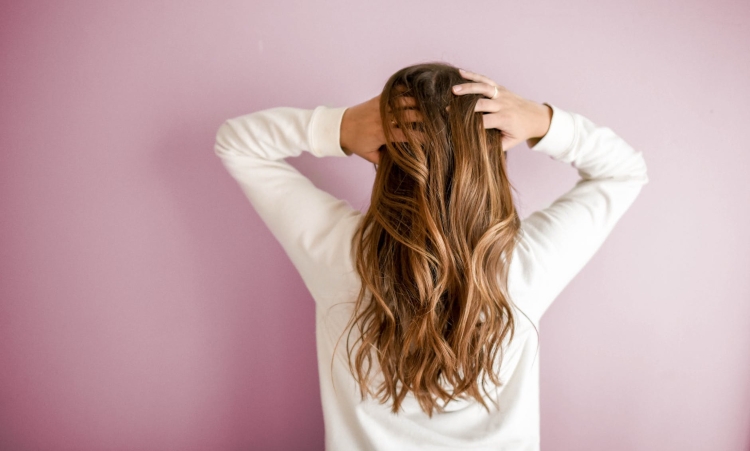However, to achieve the satisfying effects with it, it's necessary to choose the right oil and the way of applying it. How to do it right?
Hair oiling is a treatment that can bring surprising effects within a short time frame. It's worth repeating it from time to time - every two weeks or once a month, depending on your hair's needs - to maintain the beautiful shine.
Nevertheless, to enjoy all the benefits of hair oiling, you should adjust a fitting emollient. It's not enough to use any oil you have at hand, even if it has nurturing and moisturizing properties. It should go in line with the porosity of your hair.
How to adjust the oil to the porosity of your hair?
There are three degrees of porosity. Its level can be natural to your strands, but the excessive heat treatment with the hair iron and hairdryer may influence it, too. How to recognize which one is yours?
High porosity: thin, dry hair which often gets frizzy and loses moisture. It's often curly, but it's not always the case.
Medium porosity: thicker hair that reacts strongly to changes in humidity levels. It often gets entangled and has tendencies to frizziness. It may get wavy at times.
Low porosity: straight, thick hair without tendencies to cuticle damage. It keeps the moisture well. However, it may get greasy at times and often loses volume.
Applying hair oil - which type to choose?
The porosity is significant since it determines the ability of the hair to maintain the moisture inside its structure.
In the case of high porosity hair, the cuticle is open. So, to keep the hydration effect, you should cover the hair with a protective layer that will prevent the water from escaping. Thus, you should choose the oils that stay on the surface instead of penetrating the hair strands. These are, for example:
- hemp oil
- nigella seeds oil
- chia seed oil
- corn oil
The medium porosity hair will need a compromise in the form of:
- sesame oil
- avocado oil
- argan oil
- macadamia oil
The low porosity hair doesn't lose moisture that easily, and the excessive amount of oil on the surface of the strands can make it look greasy and without volume. Thus, for oiling it, you should choose the emollients that penetrate the hair structure, like:
- coconut oil
- shea butter
- murumuru butter
- cocoa butter
How to oil your hair?
How should you apply oil - on wet or dry hair? Actually, both methods will work just fine. The easiest way is to dissolve the oil in water and dip your hair in the mixture or spray it on the strands. Remember that removing the grease after oiling your hair requires emulsifying it with a conditioner that contains emollients. The water won't do the job.
If you have tape in hair extensions, it's better to take them off before the oiling session. The add-ons will be better waiting on the wig stand - oiling them may be problematic since removing the grease is not that easy.

